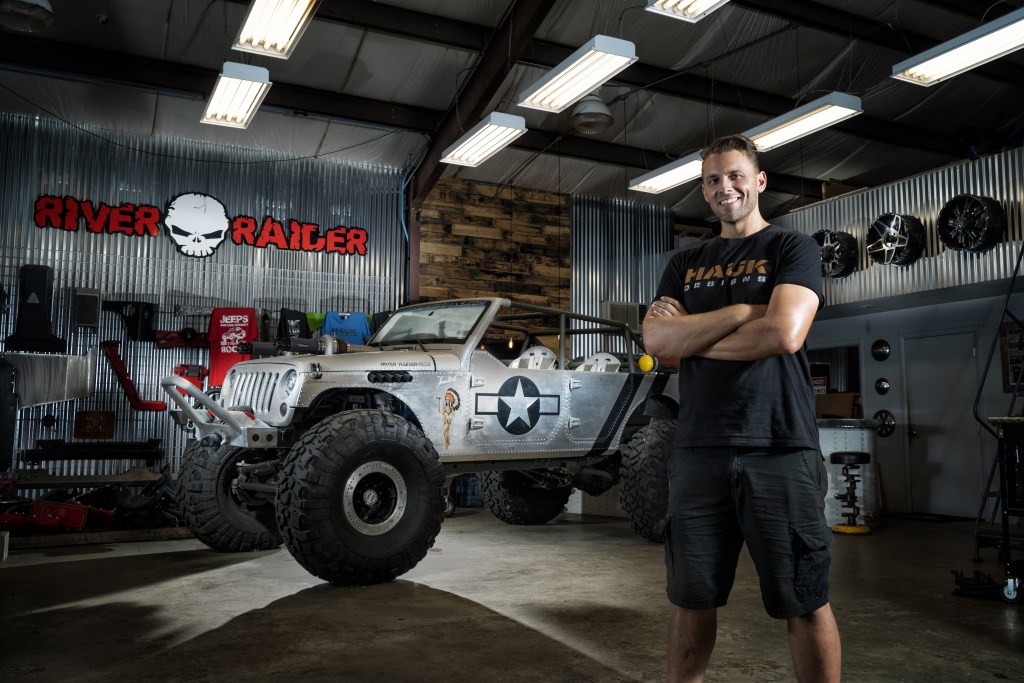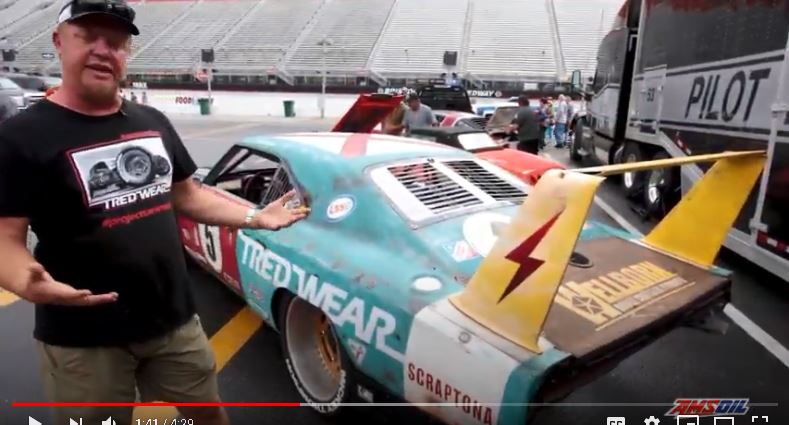So what is it Racing Pros Can’t Live Without?? Money? Lindsay Premo| An archived blog May 18, 2017 4:00 PM Be prepared to be schooled, race fans. I have a little lesson in technology for you. In today’s age, we all rely heavily on technology in our daily lives. I, for one, would be dead in […]
You are browsing archives for
Category: From the Road
An Eye for Detail Sets Kenny Hauk Apart
Performance From Paper to Real Life is Kenny Hauk’s Specialty Jamie Gibson|Jun 17, 2020 9:33 AM Kenny Hauk has built a solid reputation as a premier vehicle builder by virtue of not just doing a job, but doing it well and getting it right. That keen attention to detail has launched a career that […]
Take a Walk Around the “Scraptona” Dayto
Take a Walk Around the “Scraptona” Lindsay Premo|May 11, 2020 9:18 AM “Every good build should start with a story; it should tell a tale.” That’s the goal of Tred Wear’s Michael Hunt with every vehicle he builds. Cue the Scraptona, one of his most notable builds ever. Take a gander below as Hunt shows […]
Team Hybrid Sets the Import Standard
Team Hybrid Sets the Import Standard Jamie Gibson|May 01, 2019 1:39 PM It’s no small feat to organize a group of tuner enthusiasts and turn it into a well-respected car club. Never mind one that is capable of steady accolades, awards and reverence in a highly-competitive scene. That’s exactly what James Lin, Team Hybrid Founder […]



